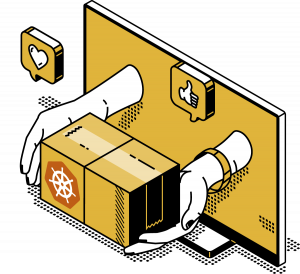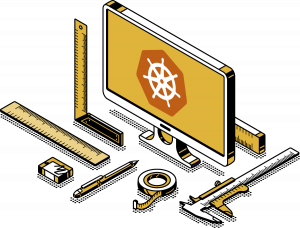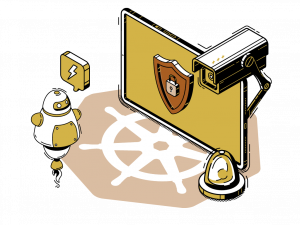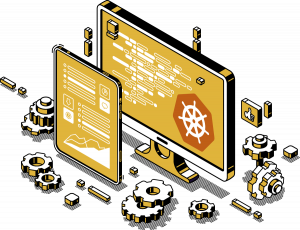Before delving into the infinity of Kubernetes, here is a quick showcase:
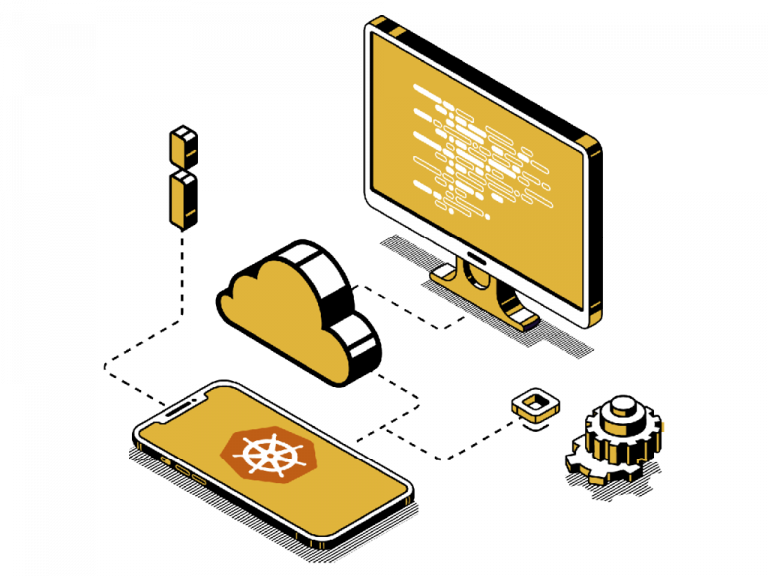
Hetzner
Role
Description/Duties
Servers/Virtualization
Storage
Cluster Volumes
Networking
Load Balancing
GCP
Role
Description/Duties
Networking
DNS
Storage
Backups
Terraform State
Kube Hetzner
Role
Terraform Config with couple of extras
Description/Duties
Cluster Config
Nodes
Load Balancer
Control Plane
Firewall
Traefik
Maintainance
Node Auto Update
And more
Watchdog Chart
Role
Checks cluster state, hence the name
Description/Duties
Alerting
Monitoring
Log/Metric Aggregation
Visualization
Very ressource intensive
Butler Chart
Role
Provides all other necessary services
Description/Duties
Backup with velero
Security
Traefik Middlewares
Basic Auth
Cluster Issuer
letsencrypt
Payload Chart
Role
Actual services that are to be provided
Description/Duties
Vaultwarden
Gitlab Runner

hopefully more in the future
Butler
Velero creates backups of all namespaces with most of the subelements like PVCs.
Trivy checks/logs every change.
Watchdog
Exposed Services
Grafana
Dashboards für verschiedene Dienste:
Alert Manager Config
Slack notification wenn Backup scheitert
Auth via Azure LDAP
Prometheus
Metric scraping details
Auth via Azure Forward Auth
Payload
Services
Vaultwarden
Secret Manager
Gitlab Runner
only accessible via gitlab ci
All chapters of the series:

Alptuğ Dingil
Alptuğ joined Inspired in 2022 as a software engineer. Besides his customer projects he's always looking for a new challenge. So lately he got engaged with Kubernetes and the configuration of a DIY cluster and got certified as a Google professional cloud architect.
